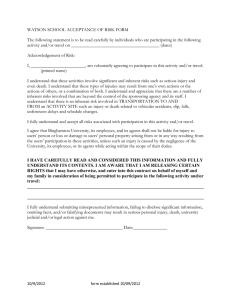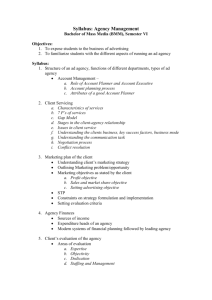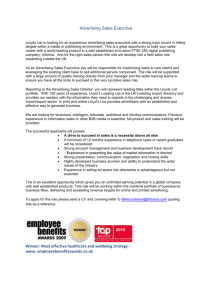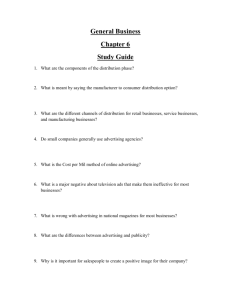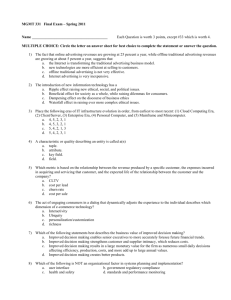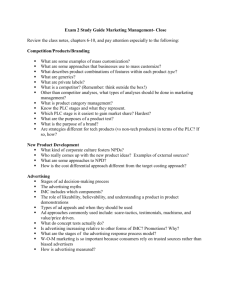How Nothing Became Something: White Space, Rhetoric, History
advertisement
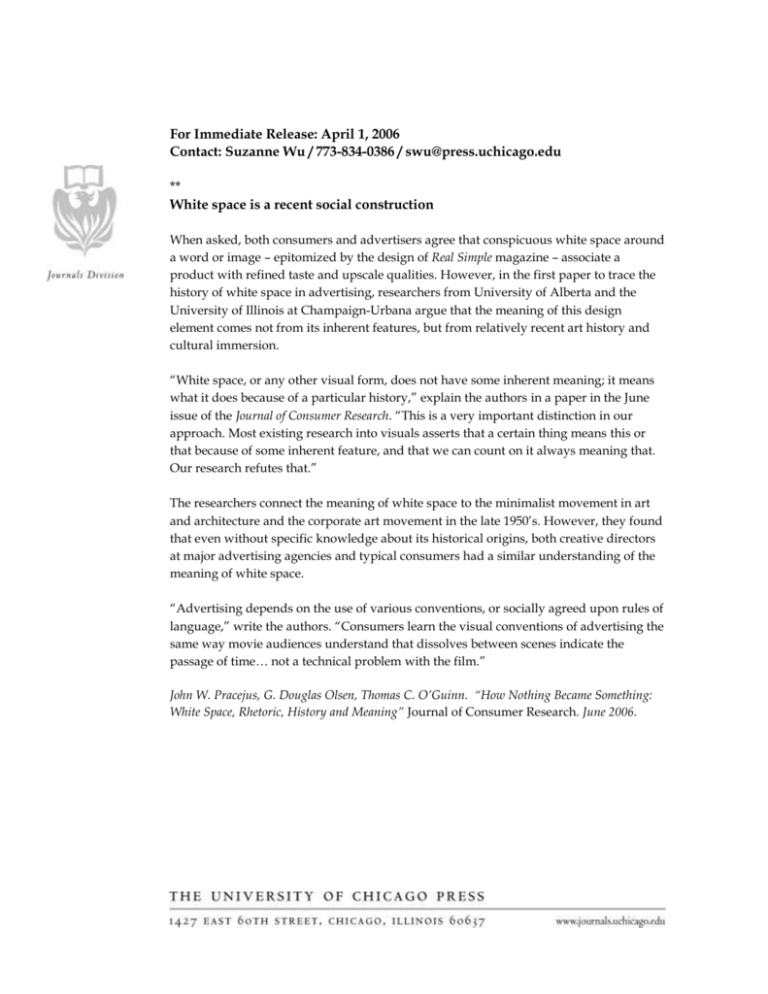
For Immediate Release: April 1, 2006 Contact: Suzanne Wu / 773-834-0386 / swu@press.uchicago.edu ** White space is a recent social construction When asked, both consumers and advertisers agree that conspicuous white space around a word or image – epitomized by the design of Real Simple magazine – associate a product with refined taste and upscale qualities. However, in the first paper to trace the history of white space in advertising, researchers from University of Alberta and the University of Illinois at Champaign-Urbana argue that the meaning of this design element comes not from its inherent features, but from relatively recent art history and cultural immersion. “White space, or any other visual form, does not have some inherent meaning; it means what it does because of a particular history,” explain the authors in a paper in the June issue of the Journal of Consumer Research. “This is a very important distinction in our approach. Most existing research into visuals asserts that a certain thing means this or that because of some inherent feature, and that we can count on it always meaning that. Our research refutes that.” The researchers connect the meaning of white space to the minimalist movement in art and architecture and the corporate art movement in the late 1950’s. However, they found that even without specific knowledge about its historical origins, both creative directors at major advertising agencies and typical consumers had a similar understanding of the meaning of white space. “Advertising depends on the use of various conventions, or socially agreed upon rules of language,” write the authors. “Consumers learn the visual conventions of advertising the same way movie audiences understand that dissolves between scenes indicate the passage of time… not a technical problem with the film.” John W. Pracejus, G. Douglas Olsen, Thomas C. O’Guinn. “How Nothing Became Something: White Space, Rhetoric, History and Meaning” Journal of Consumer Research. June 2006.

